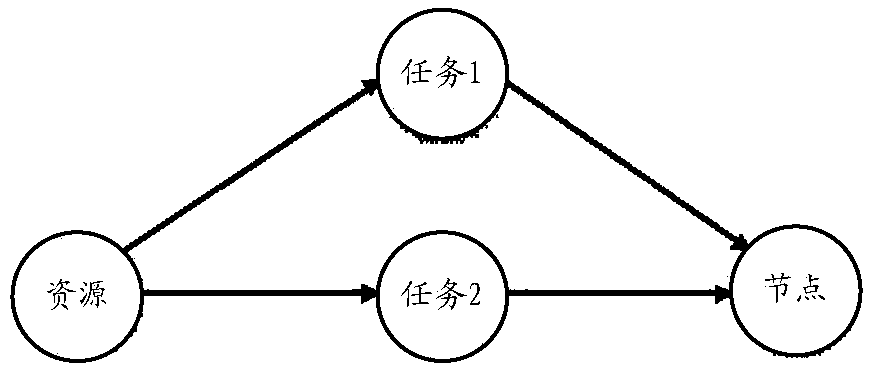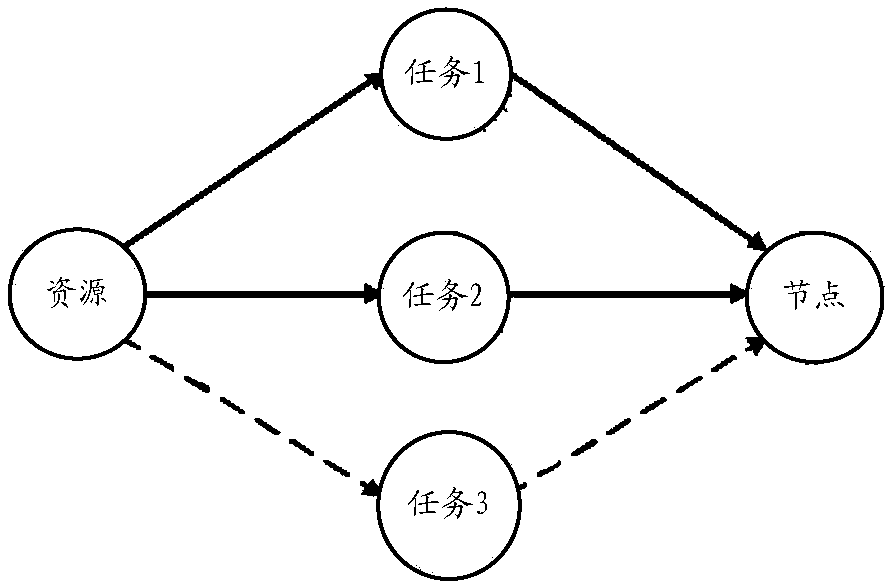A topological structure updating system and method for stream processing
A technology of topology structure and update method, applied in the field of data processing, can solve the problem that the big data stream processing architecture is not suitable for online topology update, etc., and achieve the effect of realizing hot deployment, solving online topology update, and realizing online update.
- Summary
- Abstract
- Description
- Claims
- Application Information
AI Technical Summary
Problems solved by technology
Method used
Image
Examples
Embodiment 1
[0036] The embodiment of the present invention provides an embodiment of a stream processing topology update system, figure 2 is a schematic structural diagram of a topology update system according to an embodiment of the present invention, such as figure 2 As shown, the system includes: a task manager 10 and a task executor 12, wherein,
[0037] The task manager 10 is configured to detect the first state of the first state machine, and generate a control message according to the above state, wherein the above first state is used to trigger the management of the topology structure of the stream processing; the task executor 12 is used to receive The aforementioned control message; and triggered by the aforementioned control message, triggering a second state of the second state machine, and performing an action corresponding to the aforementioned second state on the aforementioned topological structure according to the second state.
[0038] In the embodiment of the present...
Embodiment 2
[0073] According to an embodiment of the present invention, an embodiment of a topology update method for stream processing is provided. It should be noted that the steps shown in the flow chart of the accompanying drawings can be executed in a computer system such as a set of computer-executable instructions, Also, although a logical order is shown in the flowcharts, in some cases the steps shown or described may be performed in an order different from that shown or described herein.
[0074] Figure 8 A flowchart of the steps of a stream processing topology update method according to an embodiment of the present invention, as shown in Figure 8 The method includes the following steps:
[0075] Step S102, acquiring a control message, wherein the above control message is a message generated according to the first state of the first state machine, and the above first state is used to trigger the management of the topology structure of the stream processing;
[0076] In step S...
Embodiment 3
[0088] The embodiment of the present invention also provides a device for implementing the above topology update method for stream processing, Figure 9 is a schematic structural diagram of a stream processing topology update device according to an embodiment of the present invention, as shown in Figure 9 As shown, the control device for the above range hood includes: an acquisition module 100 and a trigger module 102, wherein,
[0089] The obtaining module 100 is configured to obtain a control message, wherein the above-mentioned control message is a message generated according to the first state of the first state machine, and the above-mentioned first state is used to trigger the management of the topology structure of the stream processing; the triggering module 102 is used for Triggered by the control message, a second state of the second state machine is triggered, and an action corresponding to the second state is performed on the topology structure according to the se...
PUM
 Login to View More
Login to View More Abstract
Description
Claims
Application Information
 Login to View More
Login to View More - R&D
- Intellectual Property
- Life Sciences
- Materials
- Tech Scout
- Unparalleled Data Quality
- Higher Quality Content
- 60% Fewer Hallucinations
Browse by: Latest US Patents, China's latest patents, Technical Efficacy Thesaurus, Application Domain, Technology Topic, Popular Technical Reports.
© 2025 PatSnap. All rights reserved.Legal|Privacy policy|Modern Slavery Act Transparency Statement|Sitemap|About US| Contact US: help@patsnap.com



